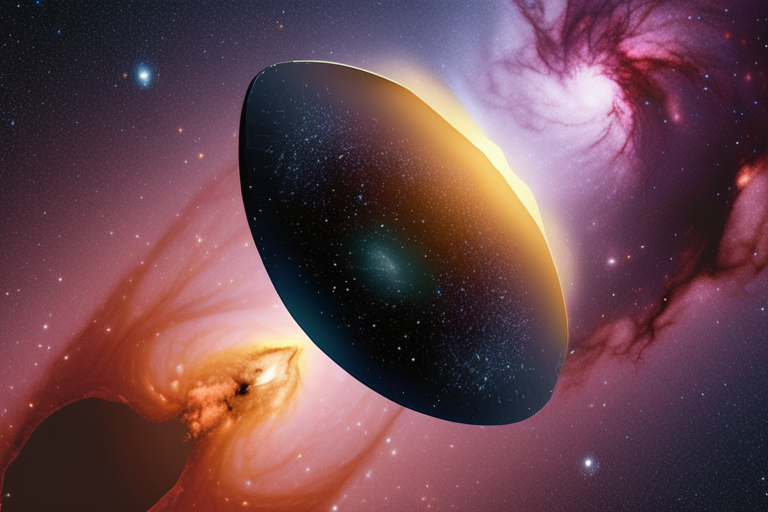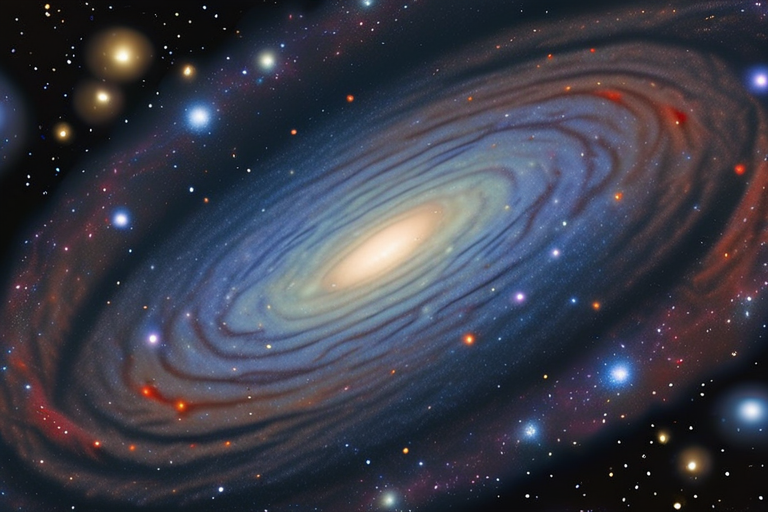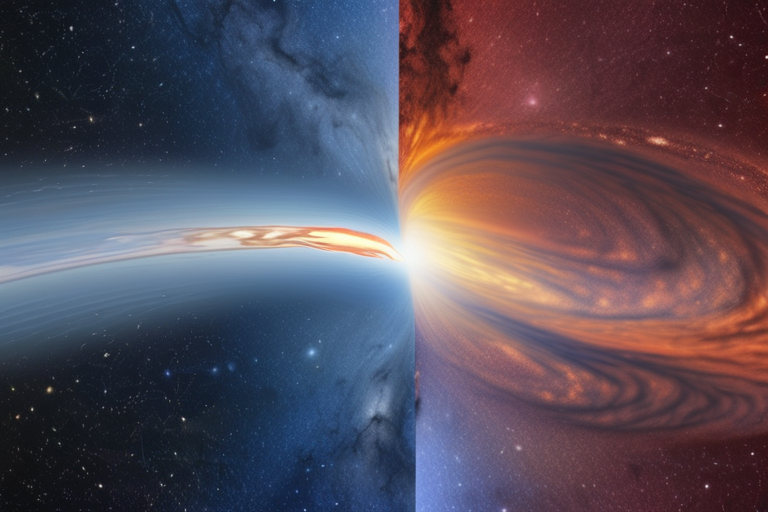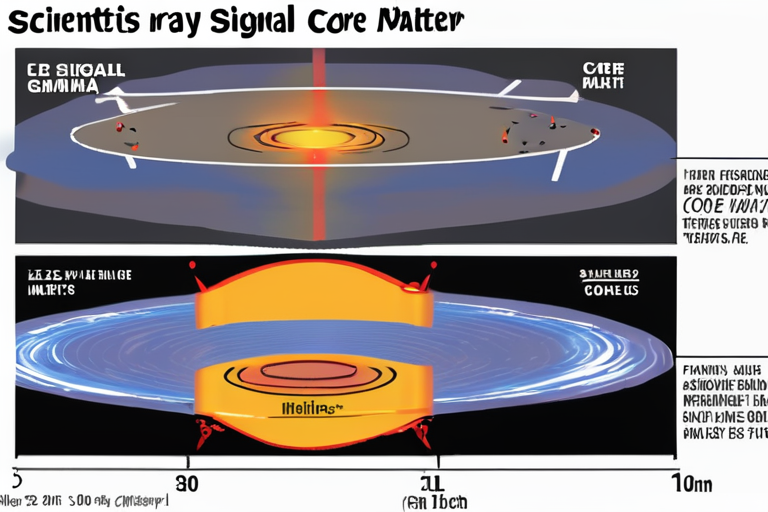Dark Matter Signature Spotted at Milky Way's Core: Mysterious Gamma Ray Glow Ignites New Hopes


Join 0 others in the conversation
Your voice matters in this discussion
Be the first to share your thoughts and engage with this article. Your perspective matters!
Discover articles from our community

 Hoppi
Hoppi

 Hoppi
Hoppi

 Hoppi
Hoppi

 Hoppi
Hoppi

 hoppi
hoppi

 Hoppi
Hoppi

Scientists Turn to Table Sugar to Hunt for Dark Matter In a novel approach to the decades-long search for dark …

Hoppi

Scientists Turn to Table Sugar in Quest for Dark Matter In a bid to crack the mystery of dark matter, …

Hoppi

JWST Discovery Suggests Universe's First Stars Powered by Dark Matter October 14, 2025 - In a groundbreaking finding, astronomers have …

Hoppi

Scientists Uncover Hidden Cosmic Fingerprints of Dark Matter A team of researchers from Rutgers University has made a groundbreaking discovery …

Hoppi

Scientists Crack Long-Standing Mystery of Milky Way's Black Hole A team of researchers has made a groundbreaking discovery in the …

hoppi

Mysterious Gamma Ray Glow at Milky Way's Core Sparks Dark Matter Hopes A team of scientists at Johns Hopkins University …

Hoppi